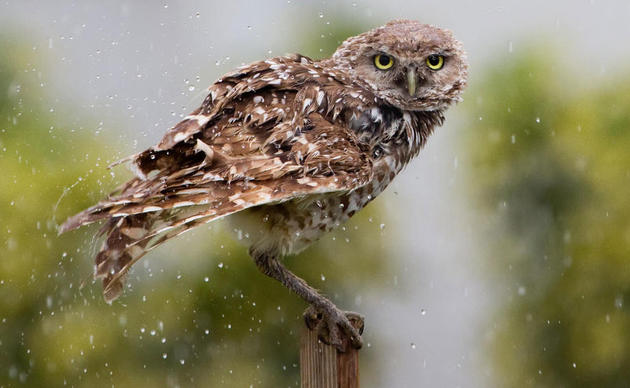Audubon Missouri's Mission
The mission of Audubon Missouri is to connect people to nature in order to conserve and restore Missouri’s ecosystems, focusing on birds and other wildlife. We do this through habitat restoration, advocacy, education and public awareness.
History of Audubon in Missouri
Missouri has had a long tradition of Audubon activity, beginning with the establishment of the Audubon Society of Missouri in 1901 and the St. Louis Bird Club in 1916 and Burroughs Nature Club in Kansas City in 1919. These groups affiliated informally with the National Audubon Society, which was established in 1905. The St. Louis Bird Club originated a highly successful film lecture series at the dawn of color motion-picture photography in the late 1930s and developed it into the nationwide Audubon Screen Tours of the National Audubon Society, initially coordinated by Wayne Short in St. Louis. Among Missourians who traveled the national circuit as film lecturers were Leonard Hall, Charles and Elizabeth Schwartz, and Charles Laun. The Bird Club became the first actual chapter ("branch") of National Audubon in 1943, when it agreed to change its name to St. Louis Audubon Society and sign a charter for joint membership and dues-sharing, thereby establishing the model used to enlist other clubs that had been sponsoring the screen tours. The Audubon Society of Missouri, which chose to remain independent, has continued to this day to function as a state ornithological society.
In 1960, another native Missourian, Charles Callison, joined the staff of the National Audubon Society, becoming executive vice president in 1966. More than anyone else, he was responsible for steering the phenomenal development of Audubon from a society of 50,000 birdwatchers to an effective grassroots force of nearly half a million organized for environmental action at local, regional, and national levels. He hired a network of regional directors, oversaw the chartering of hundreds of chapters—there are now thirteen in Missouri, each separately incorporated—and supervised an effective policy office in Washington. On his retirement, he returned to Jefferson City, where he became active in River Bluffs Audubon, and in the early ‘90s helped form the Missouri Audubon Council, an informal coalition of Missouri chapters, which he served as lobbyist until his death in 1993. The Missouri Audubon Council led the effort to establish Audubon Missouri, the state office of the National Audubon Society, in 1999.




